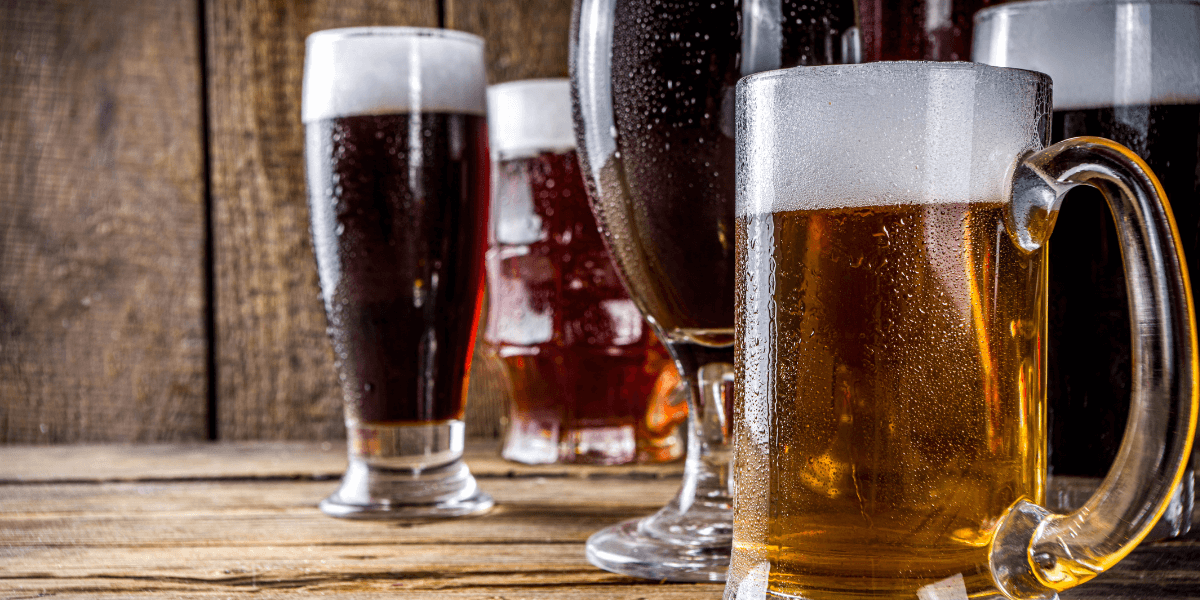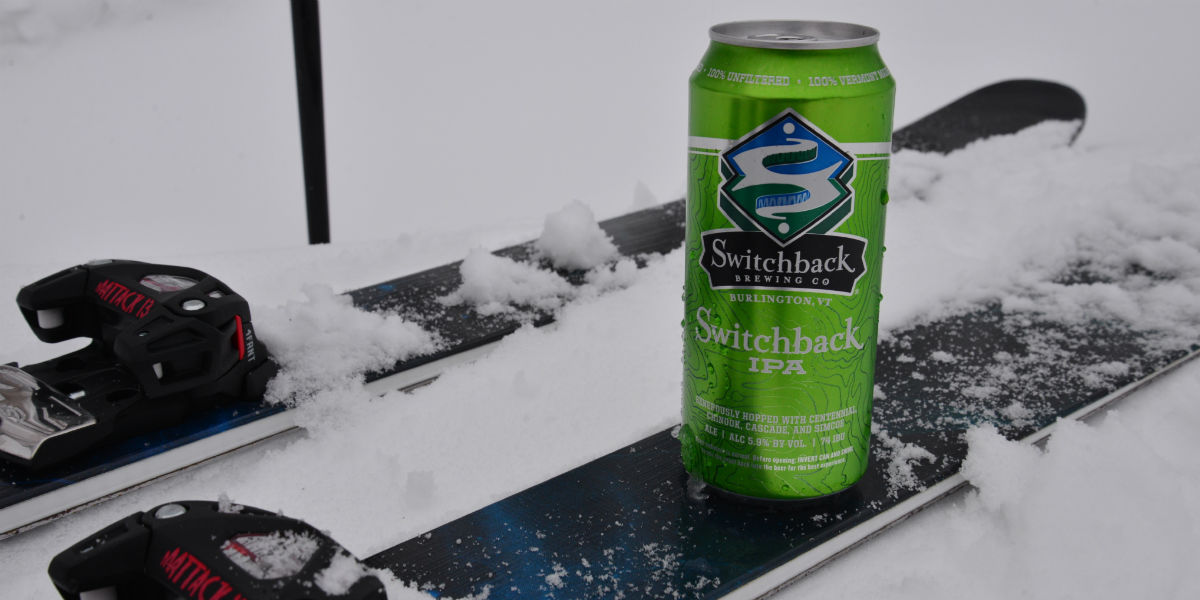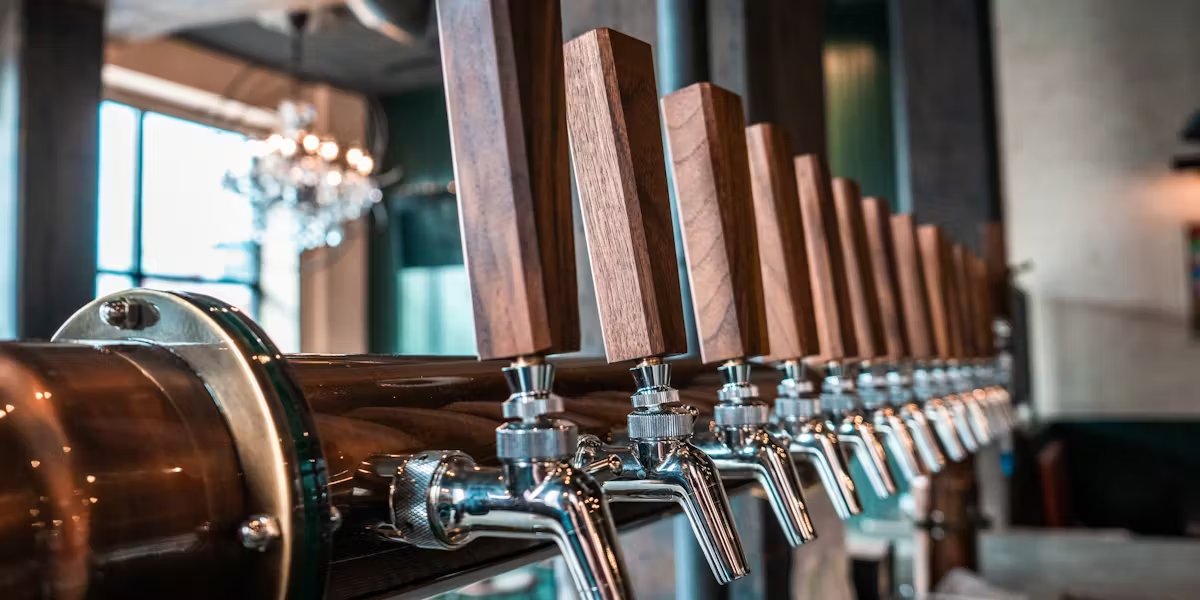
Crafting a New England IPA (NEIPA) is all about achieving the right balance of flavor and aroma. As someone who loves experimenting with different hops, I can confidently say that the combination of Nelson Strata and El Dorado is one of the most exciting hop pairings you can use. These hops bring vibrant tropical fruit notes and a delightful smoothness, creating a beer that’s both juicy and refreshing. In this article, I’ll dive into the world of Nelson Strata & El Dorado hops, discuss why they work so well together in a NEIPA, and guide you through the brewing process to help you create your own version of this tropical delight.
Understanding the Hops
Before getting into the brewing process, it’s essential to understand the characteristics of Nelson Strata and El Dorado hops. Both hops have their own unique qualities that complement each other perfectly in a NEIPA.
Nelson Strata
Nelson Strata hops are well-known for their bold and tropical character. Originating from New Zealand, these hops deliver a complex blend of flavors. Expect fruity notes of passionfruit, grapefruit, and gooseberry, with a subtle touch of pine and earthy undertones. These flavors work harmoniously to provide the beer with a lively and aromatic profile. When used in a NEIPA, Nelson Strata adds that extra layer of tropical fruitiness that can elevate any IPA. Its crisp and aromatic character makes it an ideal hop for crafting hazy IPAs that burst with flavor.
El Dorado
El Dorado hops, hailing from the Pacific Northwest, are known for their sweet, fruity, and slightly tropical characteristics. This hop variety is often used to impart flavors of pineapple, pear, and stone fruits like apricot. What makes El Dorado particularly useful in NEIPAs is its ability to enhance the juiciness of the beer without overwhelming it with bitterness. El Dorado hops provide a softer, sweeter profile compared to other hop varieties, making it a perfect partner for Nelson Strata. Together, they form a hop blend that’s both fruity and refreshing, ideal for any NEIPA enthusiast.
Brewing the Nelson Strata & El Dorado NEIPA
Once you’ve chosen your hops, it’s time to dive into brewing. Crafting a NEIPA with Nelson Strata and El Dorado requires a few key ingredients and techniques to bring out the best in these hops.
Key Ingredients
To create a well-balanced NEIPA, you’ll need to start with the right mix of malts and other ingredients. Below is a list of what I recommend for this recipe:
- Pale Malt (2-row): This is the base malt that provides a clean, bready foundation for the beer.
- White Wheat Malt: Wheat malt adds body and enhances the hazy, smooth mouthfeel that NEIPAs are known for.
- Flaked Oats: The oats contribute to a creamy texture, which helps the beer maintain a soft and smooth mouthfeel.
- Carapils (Dextrin Malt): This malt helps improve body and head retention, making the beer feel fuller on the palate.
The Brewing Process
Once your ingredients are ready, it’s time to start brewing. The process for creating a Nelson Strata & El Dorado NEIPA follows a similar approach to most NEIPAs, but there are some key steps that will help you highlight the hops’ unique characteristics.
Mash In
The first step is to heat your water to around 162°F, then mash in your grains. I recommend mashing at 154°F for about 60 minutes. This temperature is ideal for extracting fermentable sugars while also giving the beer enough body to hold up against the hops’ flavors. The addition of wheat and oats will give the beer its signature haze and creamy mouthfeel.
Boil and Whirlpool
Once the mash is complete, bring the wort to a boil. When you’re ready to whirlpool, turn off the heat and add your hops. For this NEIPA, I suggest adding 1 oz. of Nelson Strata and 1 oz. of El Dorado during the whirlpool phase. The whirlpool should occur at a temperature between 170°F and 180°F, as this allows you to extract the hop oils without introducing too much bitterness. This step ensures that the hops’ fruit-forward aromas are captured in the beer without contributing excessive bitterness.
Primary Fermentation
After whirlpooling, it’s time to cool down the wort and transfer it into your fermenter. Once cooled to around 68°F, pitch your yeast. For this recipe, I recommend using Wyeast 1318 London Ale III or a similar English-style ale yeast, which will bring out the fruity esters that complement the hops. Primary fermentation typically lasts between 10 to 14 days. During this time, the yeast will create the essential fruity flavors that enhance the tropical notes of Nelson Strata and El Dorado hops.
Dry Hopping
The real magic happens when you dry hop. I recommend dry hopping your NEIPA around 4 to 5 days into fermentation. Add 2 oz. of Nelson Strata and 2 oz. of El Dorado to create a burst of tropical aroma and flavor. Dry hopping is key to getting the fruity, juicy character that NEIPAs are known for, so don’t skip this step. The hops will infuse the beer with the perfect amount of flavor without increasing the bitterness.
Bottling and Carbonation
Once fermentation and dry hopping are complete, it’s time to bottle and carbonate your NEIPA. I prefer bottle conditioning because it allows the beer to carbonate naturally, giving it a smoother finish. If you’re forced carbonating, you can skip the bottle conditioning phase. Either way, give the beer at least two weeks to carbonate and mature. This time will allow the flavors to meld together and develop a more refined profile.
Tasting Notes
Once your Nelson Strata & El Dorado NEIPA is ready, you’ll notice its beautiful hazy appearance and inviting fruity aroma. The first sip will hit you with vibrant tropical flavors of pineapple, passionfruit, and grapefruit, with subtle hints of pear and citrus from the El Dorado hops. The mouthfeel is smooth and creamy, thanks to the wheat and oats, creating a perfect balance of juiciness and smoothness. The finish is refreshing, with just enough hop bitterness to round out the tropical fruit flavors without overwhelming them.
Conclusion
Brewing a Nelson Strata & El Dorado NEIPA is a fun and rewarding experience. These hops combine to create a beer that’s bursting with tropical fruit character and an incredibly smooth mouthfeel. Whether you’re an experienced homebrewer or just starting out, this hop combination is perfect for creating a juicy, hazy IPA that you’ll want to enjoy all year round.
By following the recipe and tips outlined above, you’ll be able to craft a beer that highlights the unique flavors of these two hops while maintaining the smooth, refreshing qualities that make NEIPAs so popular. Cheers to brewing and discovering your own favorite hop combinations!




